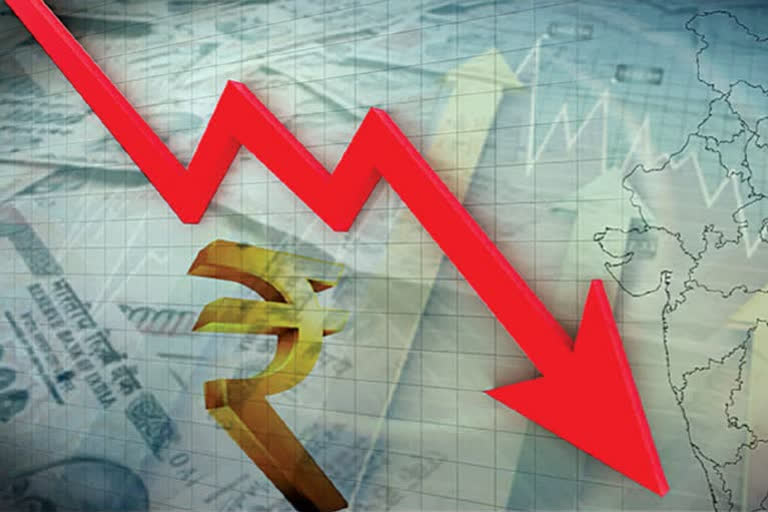New Delhi: India’s economy will grow at 8.3% in the current fiscal due to higher spending on infrastructure, rural development, and health, and a stronger-than-expected recovery in services, said the World Bank, adding that the growth rate will decline to 7.5% in the next fiscal. In its Global Economic Prospects report released on Tuesday, the global lender said the better growth prospects witnessed since January this year mask the significant damage to the economic activity from the second Covid wave.
“The economy is expected to follow the same, yet less pronounced, collapse and recovery seen during the first wave. Growth in FY 2022-23 is expected to slow to 7.5%,” said the Bank.
According to the latest data released by the country’s top statistics body on May 31, India’s GDP declined by 7.3% in the last fiscal.
However, the economy turned a corner for the better in the last two quarters of the previous fiscal.
Also Read: Tax cuts can do wonders for economic recovery: SBI
The World Bank said it was due to an aggressive policy response in 2020 that included cuts in interest rates, increases in government expenditure, extension of loans and guarantees as fiscal and monetary policies remained accommodative.
But the ferocious second Covid wave, which killed nearly 1,70,000 people in just two months – April and May, which accounts for more than half of the country’s total Covid deaths since the start of the pandemic in March last year, has adversely impacted the fragile recovery process.
“In India, an enormous second COVID-19 wave is undermining the rebound in services and manufacturing activity. High frequency data, including a renewed drop in foot traffic around work and retail spaces, suggests that activity is again collapsing,” said the Bank in its report.
The World Bank said COVID-19 cases have surged in South Asia and the situation in India has been particularly difficult.
Uncertain future
While projecting 8.3% GDP growth for the country for the current financial year, the World Bank also warned about the uncertain future due to the unpredictable nature of the pandemic.
“With the recovery in early stages and the pandemic continuing to spread, the outlook is highly uncertain. Downside risks stem from high government debt, upward pressure on food prices, financial sector challenges, and the uncertain trajectory of COVID-19 and vaccination,” said the Bank.
Talking about the risks to the economic recovery due to global financial conditions, the Bank said, these conditions, which are currently accommodative, could change if advanced economies tighten monetary policy before recoveries are entrenched elsewhere or global inflation rises unexpectedly.
Slow vaccination a cause of concern
Talking about the impact of the second Covid wave in South Asia, the World Bank said the number of daily new confirmed cases and deaths are multiple times higher than last year.
“Progress in vaccination has been slow, and the largest economies, Bangladesh, India, and Pakistan, have vaccinated only a small fraction of their populations,” it said in the report.
Covid induced poverty
The Bank said the Covid-19 global pandemic was expected to leave a legacy of higher poverty in the region.
“Tens of millions of people are anticipated to fall below the $1.90-a-day extreme poverty line this year. Further deprivation could come from higher food prices as global agricultural commodities have risen 30% over the past year,” it said.
Also Read: Expect stable interest rate as growth-inflation matrix worries RBI



